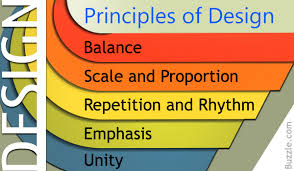The definition of Art:
something that is attractive or reflects important ideas or sentiments, and was made with imagination and talent that is called “Art”.
The study of the nature of art, including ideas like interpretation, representation, expression, and form, is known as philosophy of art. Aesthetics, the philosophical study of beauty and taste, and it are intimately related.

Types of Art:
There are number of types in art. when it comes to visual arts. but. finally there are three types in art.
they are:
1.Decorative art.
2.Commercial art.
3.Fine art.
1.Decorative art:
Any form of art that focuses on designing and embellishing items that are valued more for their functionality than their merely aesthetic features is referred to as decorative art.
Examples of Decorative art:
1.Furniture.
2.Glass ware.
3.Ceramic
4.Wood work.
5.Textiles
Importance of Decorative art:
The programmed lifestyle of the upper classes of society, which was followed by others, was heavily influenced by ornamental arts. Records of an object’s location and careful descriptions highlight their variety of uses.
2.Commercial Art:
Art produced for business objectives, typically advertising, is referred to as commercial art or the art of creative services. To encourage the sale and interest in goods, services, and ideas, commercial art use a range of venues for spectators.
Examples of commercial art:
1.Posters.
2.magazines and news papers.
3.Bill boards and sign boards.
4.telivision commercials.
5.Internet ads
6.Package and labeling goods
Importance of commercial art:
It is their duty to produce visual materials, such as presentations, photographs, and designs, to engage customers with the company’s offerings. For the creation of billboards, book jackets, presentations, Windows displays, and technical catalogues, businesses hire art directors.
3.fine art:
The fine arts—commonly referred to as the performing and visual arts—are distinctive and significant in the academic programme.
examples of fine art:
1.Drawing.
2.painting.
3.Architecture.
4.sculpture.
Importance of fine art:
Students have a creative outlet through arts education, which can help them become better problem solvers. They gain the ability to think creatively and investigate ideas in novel ways. Several of these subjects, including feelings, time, and space, are frequently challenging to teach in a classroom.
The most common elements in art:
1.Line
2.shape.
2.Texture
3.Form.
4.Space.
5.color
principles of Art:
The nine design principles—contrast, emphasis, movement, repetition, proportion, metre, rhythm, balance, unity, and variety—are the cornerstones of artistic creation and the guidelines by which artists must arrange the components of an artwork.


You must be logged in to post a comment.